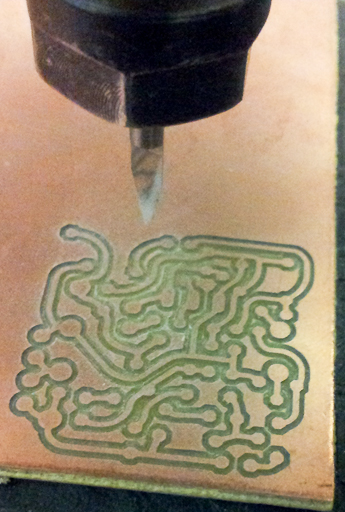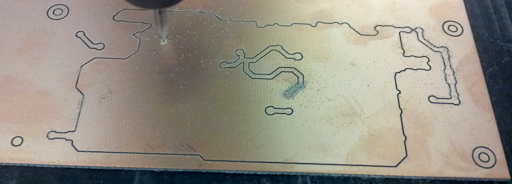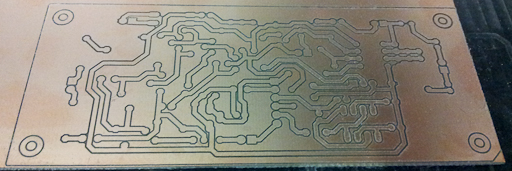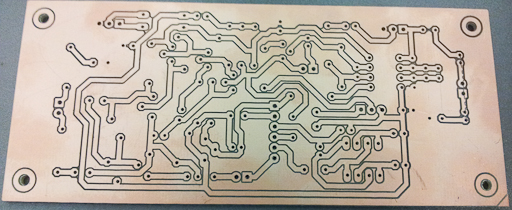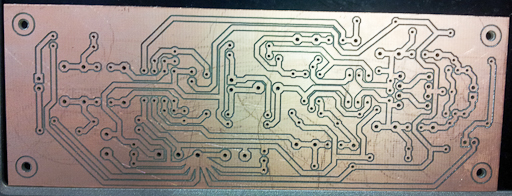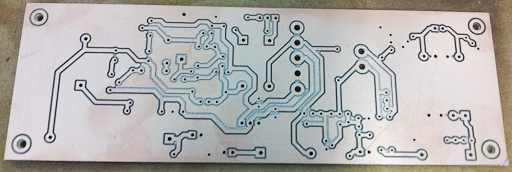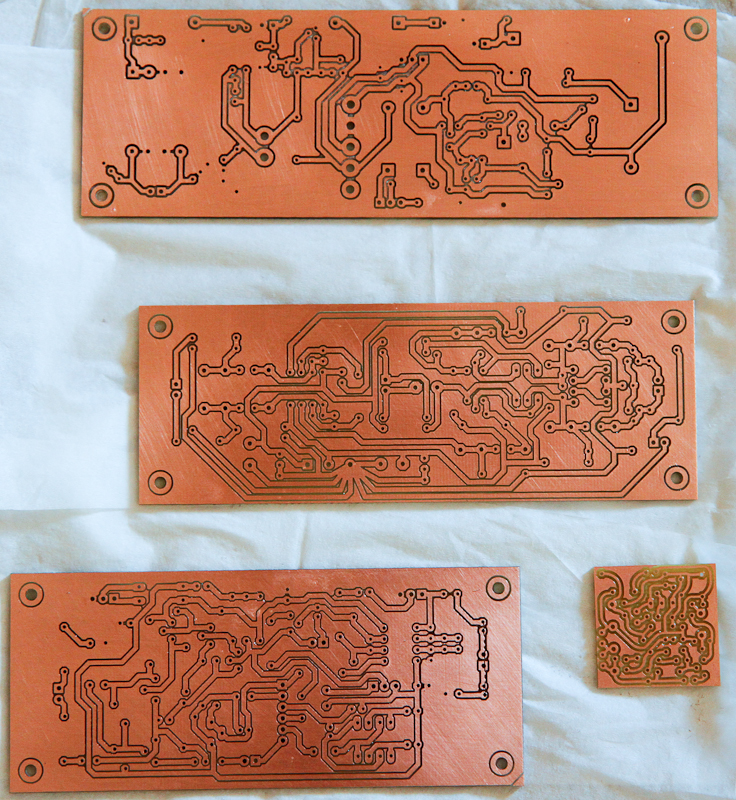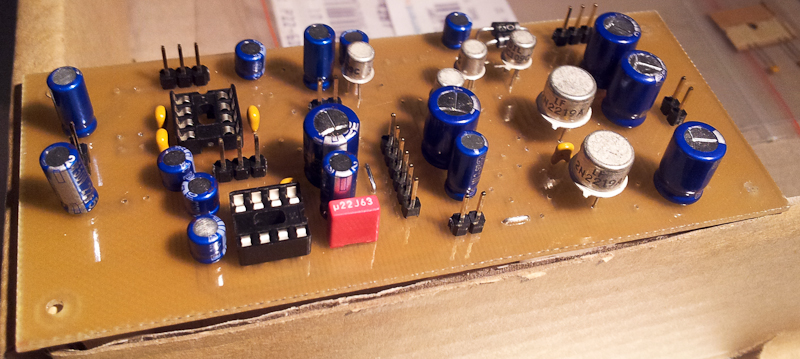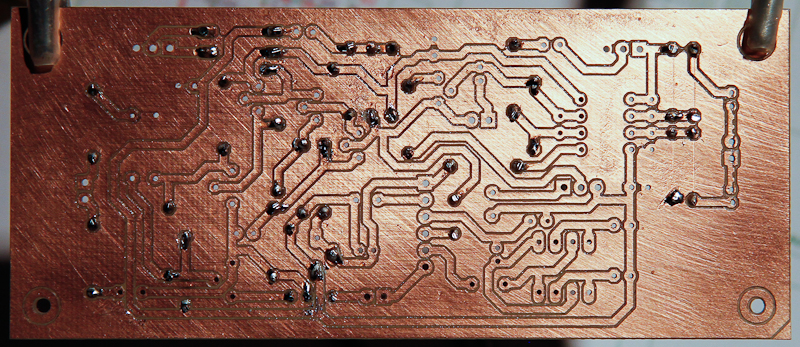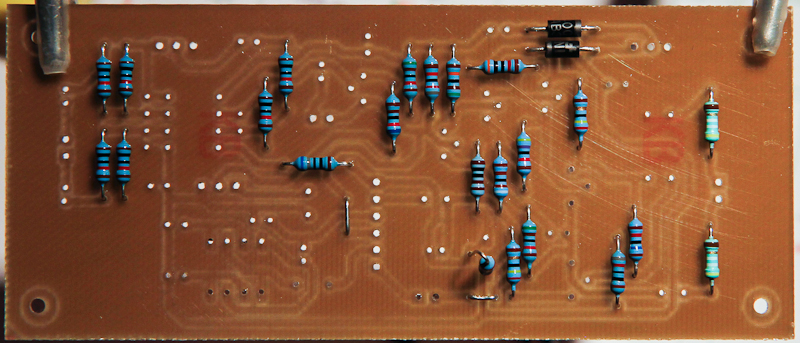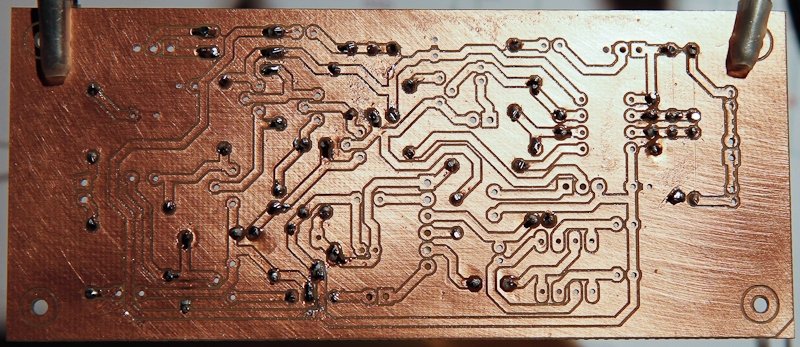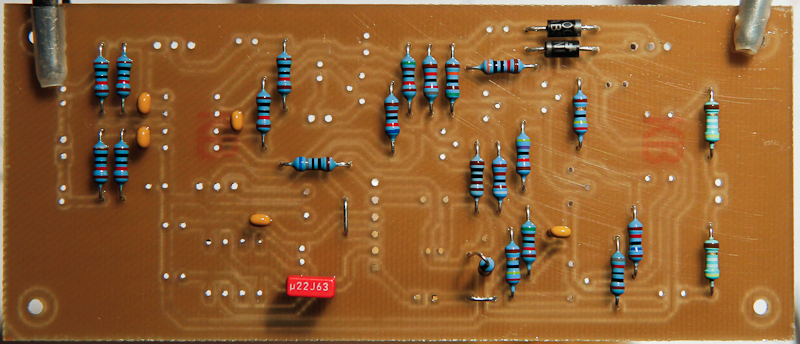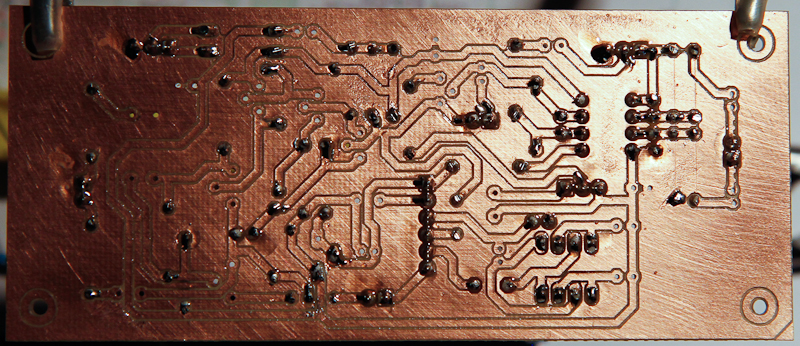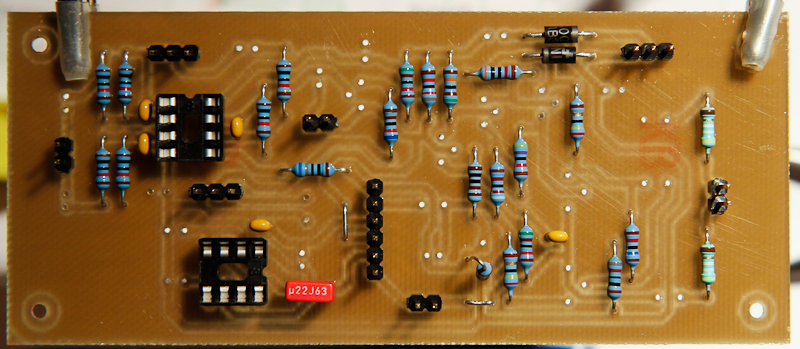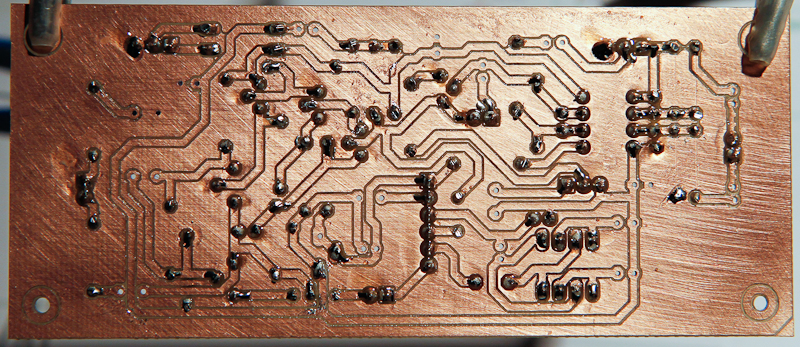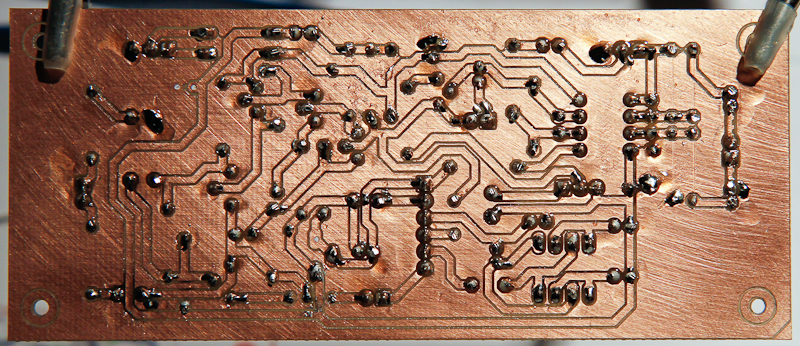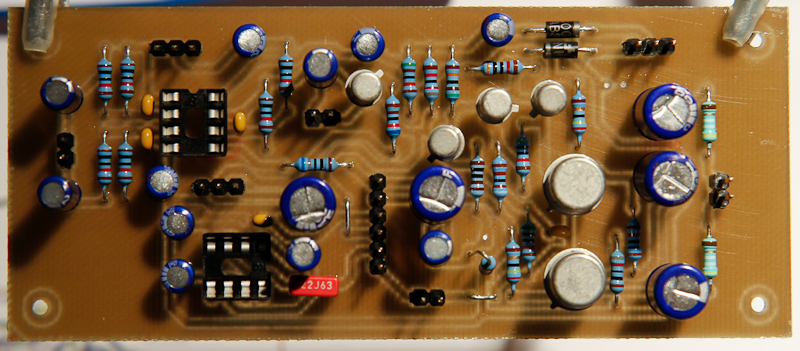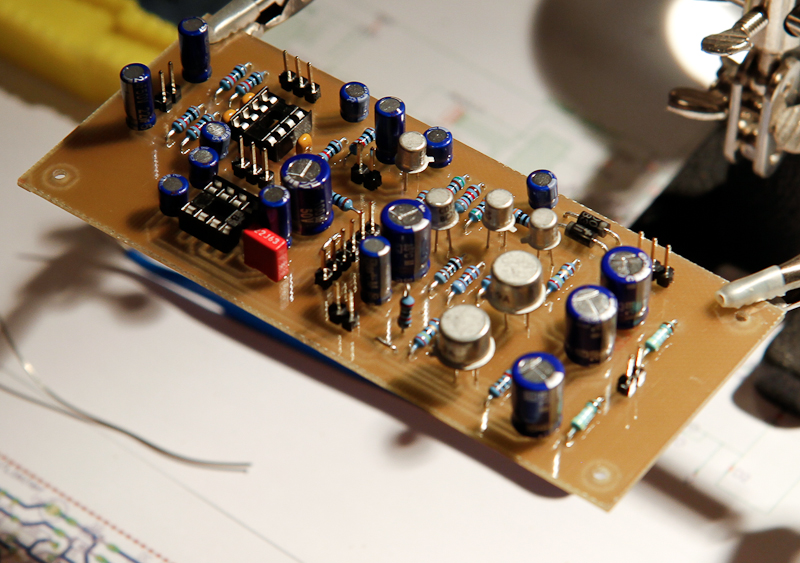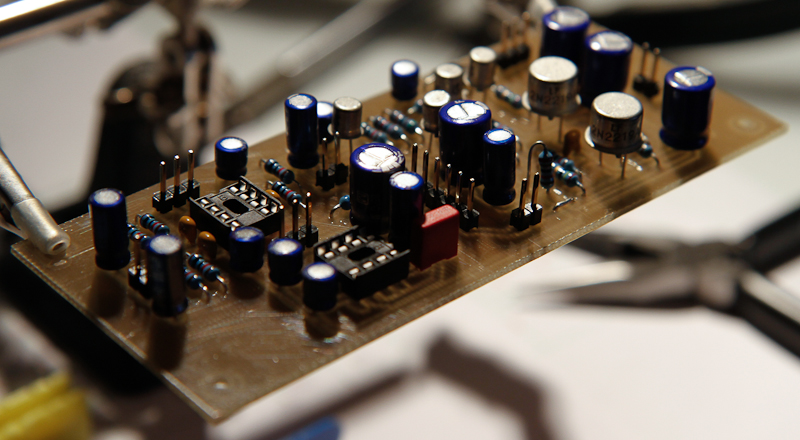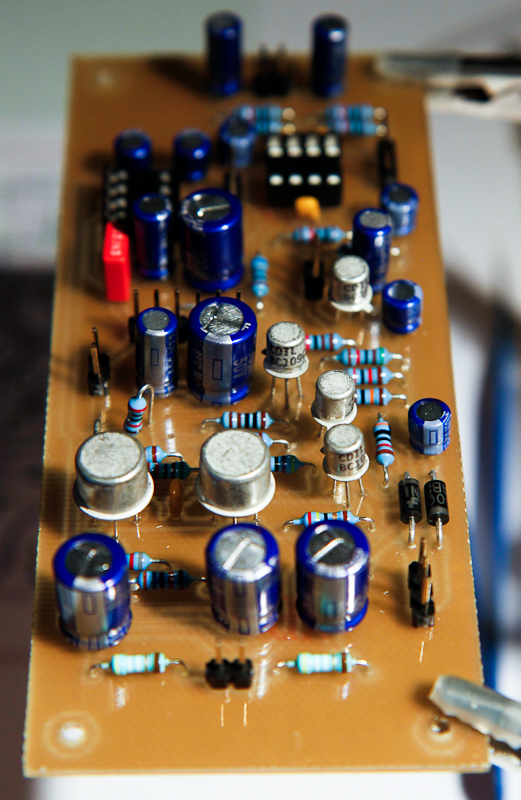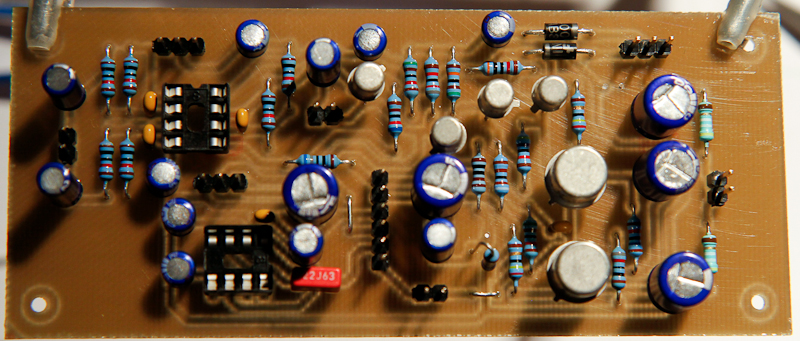etheory
Well-known member
Hi there!
I've been extremely busy as of late doing a whole bunch of design bits and pieces.
Now, before someone chimes in and tells me not to re-invent the wheel, know before you do that I am well aware of this 8)
If I wanted something I knew already worked then I'd be happy to buy something (and have!).
However, I love design, circuit board layout, learning and making things, so this is just a whole bunch of fun and relaxation for me, and good circuit board layout is ART!
There are a few esoteric and interesting things in this bunch however, and I finally felt I'd made enough progress to share.
The projects I currently have running, at various stages, and in no particular order are:
API 225L/2500-ish clone:
A VCA comp.
Progress so far (only the audio path, but it does work, sounds awesome, and was verified as per my intended spec - next step is to work on the side-chain).
The DOA's are original clones of the 2510 and 2520 both in 2520 format:
http://www.evolutionarytheory.com/2012/04/custom-audio-compressor-%E2%80%93-part-3/
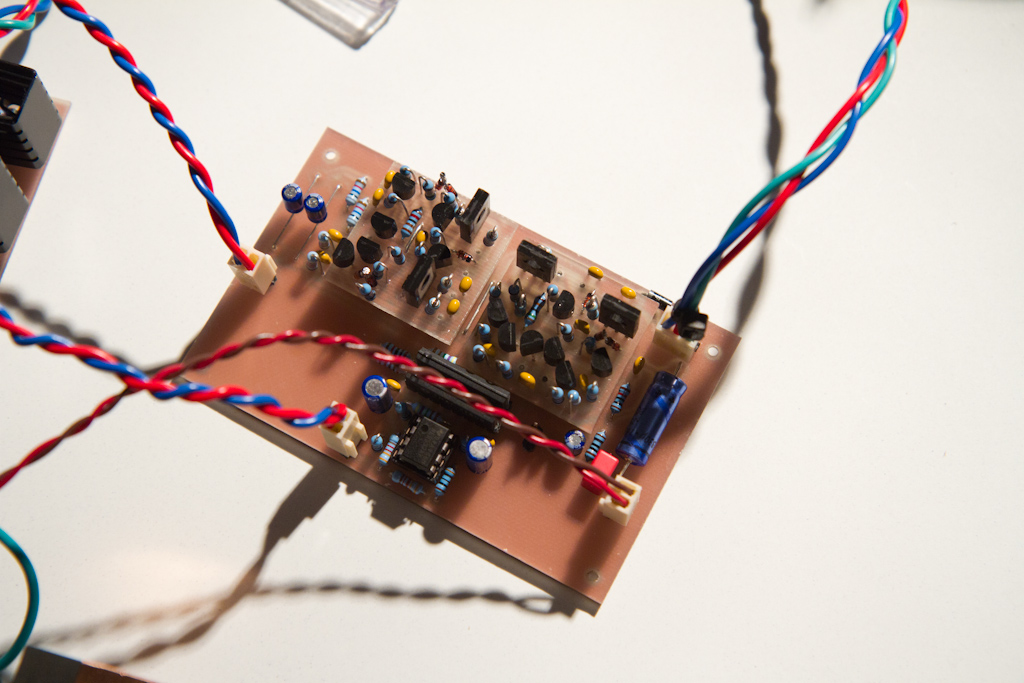
Siemens Sitral U274 inspired compressor/limiter (eComp01):
This one is based around a diode bridge-ish topology.
I'm mildly obsessed with the BC109C and 2N2219A, so they make an appearance too, though BC550C + BD139 would also be perfectly suitable (note the dual BC109C/BC550C footprints to cater to this).
The current circuit board design I've been working on and am hoping to prototype this weekend looks like this:
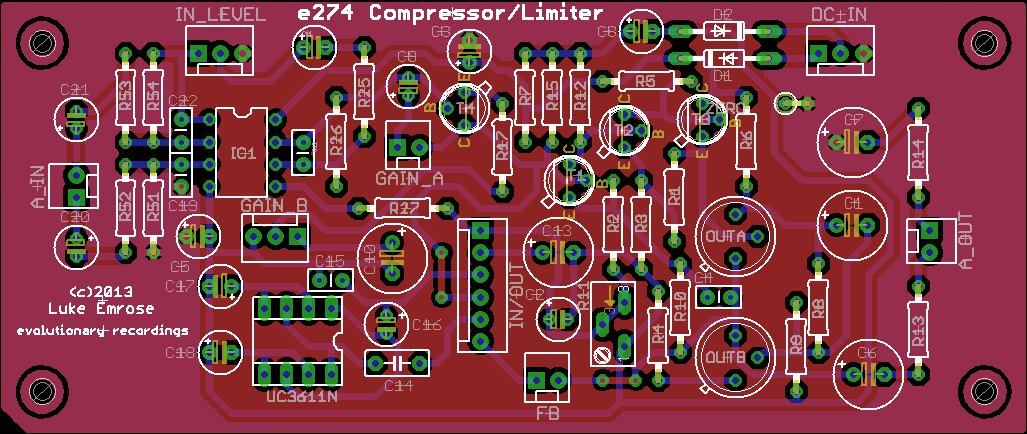
After the parts delivery for the prototype:
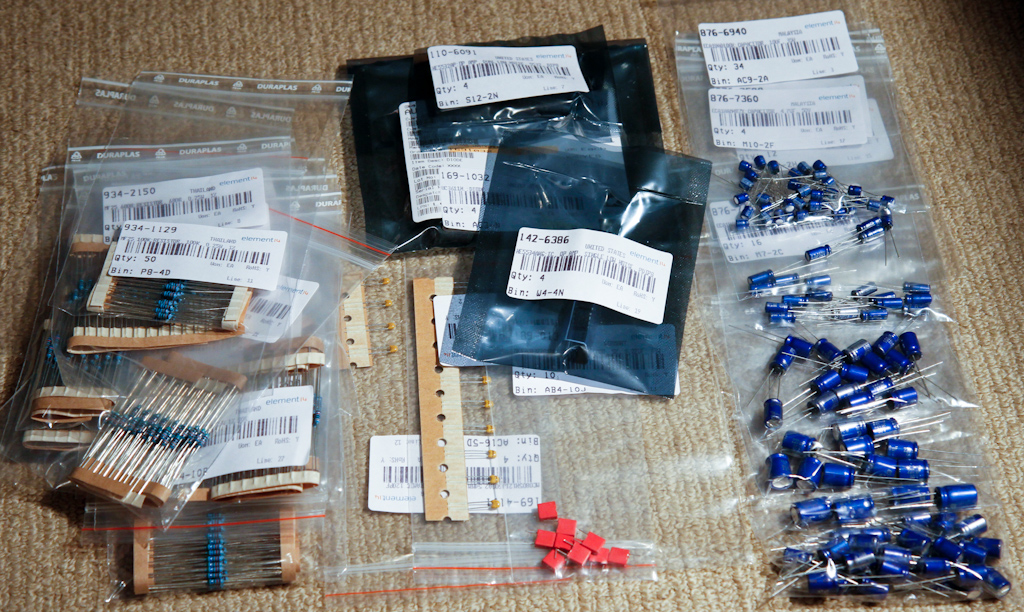
I went on to print out a size-test using a piece of paper and patiently pushing parts through.
This seems to verify the basic layout will work:
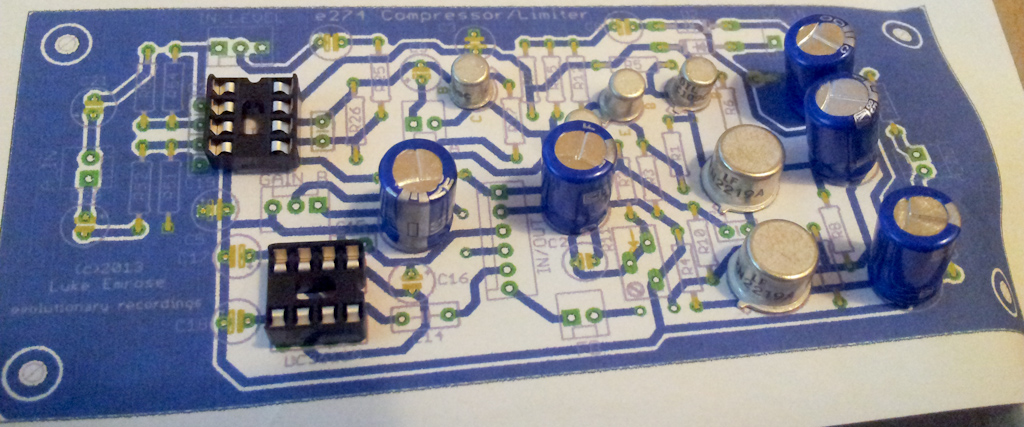
eComp02 FET compressor - at times I feel this one is a partially up-hill battle.
It appears nearly impossible to get less than 0.68% distortion with a FET design. Then again it's possible that this is the reason they sound so good also ;-)
Recently, having trialed nearly every topology I could think of and referencing against basically every other FET-based compressor in existence, I came up with something I was happy enough to prototype to the CNC stage and did a layout for it (the audio-portion anyway - the side-chain is still a thought experiment).
The backwards Ed Anderson 2622 seemed like a good idea at the time, but it's just not going to work unless your source impedance is 600 ohms or lower unfortunately (I really want a step-down here, so I'll use something else):
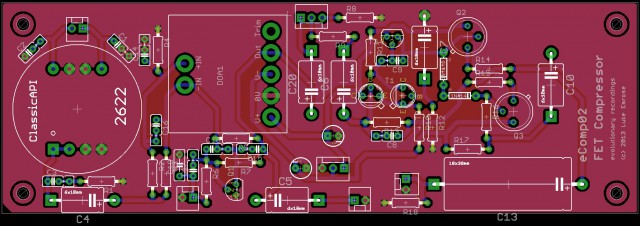
Siemens Sitral U295b EQ:
This one has me rather excited and is imminent after the U274 and FET comp above are tackled.
This is one of many working simulations of this circuit/topology.
It looks like it should work rather well with Edcor WSM's front and rear which would keep down cost.
I also want to modify it to use two sweep-able mids instead of one.
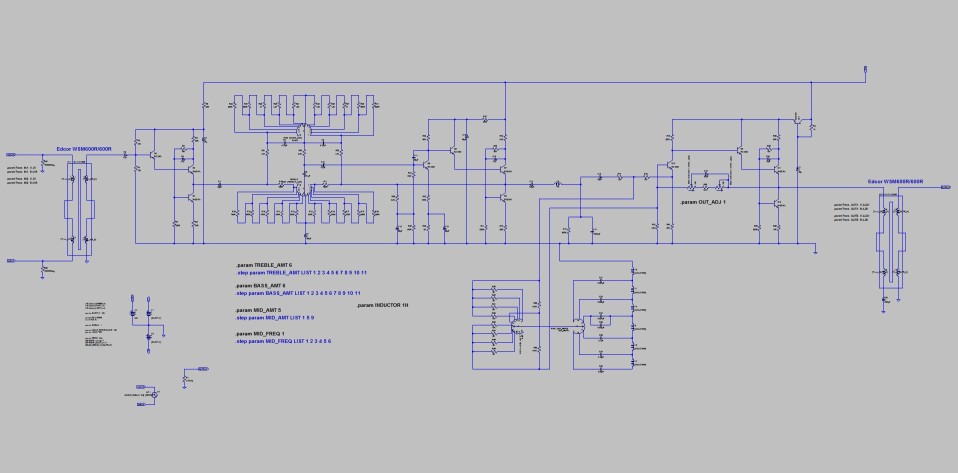
Most of these (the ones that cause me to pull out the least hair 8)) will be available at some point as kits for purchase, and some I'll just release gerbers and schematics for if people want, with and without parts and maybe even with some form of custom case. There is still a bit of work to be done, but the U274 is VERY close to being finalized, and my fingers are crossed that the work I do on it this Sunday will bring it up to a good level.
Anyway, more soon, keep on DIY'ing!
cheers,
etheory
I've been extremely busy as of late doing a whole bunch of design bits and pieces.
Now, before someone chimes in and tells me not to re-invent the wheel, know before you do that I am well aware of this 8)
If I wanted something I knew already worked then I'd be happy to buy something (and have!).
However, I love design, circuit board layout, learning and making things, so this is just a whole bunch of fun and relaxation for me, and good circuit board layout is ART!
There are a few esoteric and interesting things in this bunch however, and I finally felt I'd made enough progress to share.
The projects I currently have running, at various stages, and in no particular order are:
API 225L/2500-ish clone:
A VCA comp.
Progress so far (only the audio path, but it does work, sounds awesome, and was verified as per my intended spec - next step is to work on the side-chain).
The DOA's are original clones of the 2510 and 2520 both in 2520 format:
http://www.evolutionarytheory.com/2012/04/custom-audio-compressor-%E2%80%93-part-3/

Siemens Sitral U274 inspired compressor/limiter (eComp01):
This one is based around a diode bridge-ish topology.
I'm mildly obsessed with the BC109C and 2N2219A, so they make an appearance too, though BC550C + BD139 would also be perfectly suitable (note the dual BC109C/BC550C footprints to cater to this).
The current circuit board design I've been working on and am hoping to prototype this weekend looks like this:

After the parts delivery for the prototype:

I went on to print out a size-test using a piece of paper and patiently pushing parts through.
This seems to verify the basic layout will work:

eComp02 FET compressor - at times I feel this one is a partially up-hill battle.
It appears nearly impossible to get less than 0.68% distortion with a FET design. Then again it's possible that this is the reason they sound so good also ;-)
Recently, having trialed nearly every topology I could think of and referencing against basically every other FET-based compressor in existence, I came up with something I was happy enough to prototype to the CNC stage and did a layout for it (the audio-portion anyway - the side-chain is still a thought experiment).
The backwards Ed Anderson 2622 seemed like a good idea at the time, but it's just not going to work unless your source impedance is 600 ohms or lower unfortunately (I really want a step-down here, so I'll use something else):

Siemens Sitral U295b EQ:
This one has me rather excited and is imminent after the U274 and FET comp above are tackled.
This is one of many working simulations of this circuit/topology.
It looks like it should work rather well with Edcor WSM's front and rear which would keep down cost.
I also want to modify it to use two sweep-able mids instead of one.

Most of these (the ones that cause me to pull out the least hair 8)) will be available at some point as kits for purchase, and some I'll just release gerbers and schematics for if people want, with and without parts and maybe even with some form of custom case. There is still a bit of work to be done, but the U274 is VERY close to being finalized, and my fingers are crossed that the work I do on it this Sunday will bring it up to a good level.
Anyway, more soon, keep on DIY'ing!
cheers,
etheory



